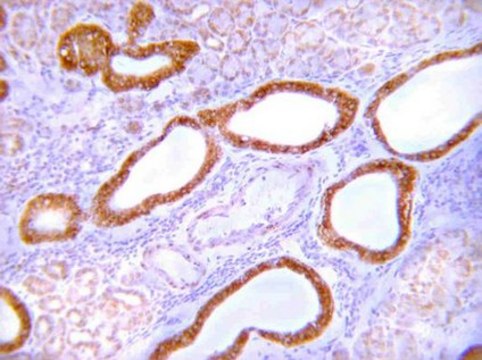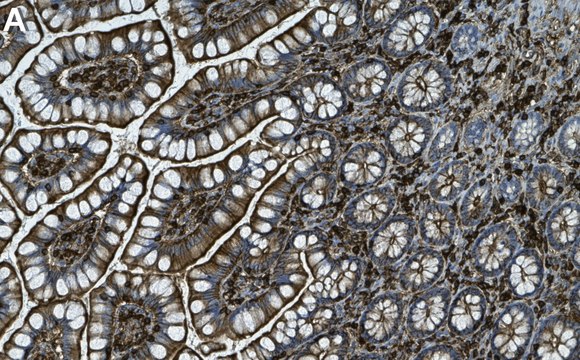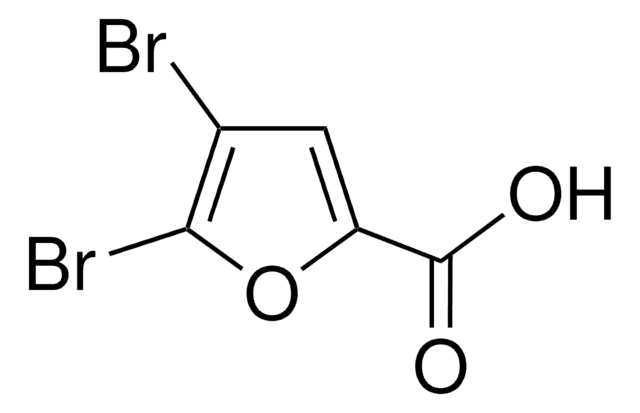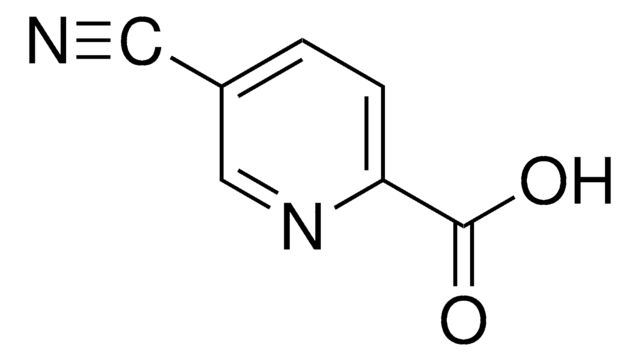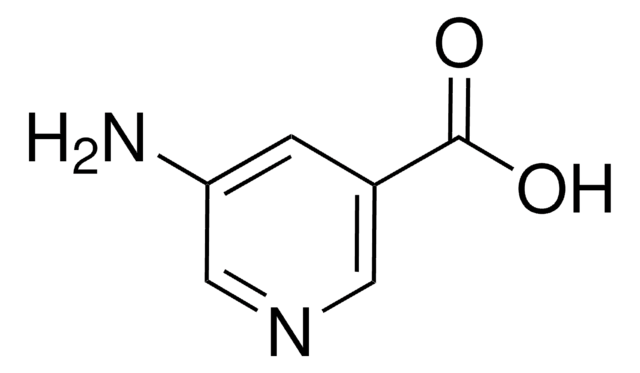A13204
4-Acetylbutyric acid
97%
Synonym(s):
5-Ketohexanoic acid
About This Item
Recommended Products
Quality Level
assay
97%
form
liquid
refractive index
n20/D 1.4451 (lit.)
bp
274-275 °C (lit.)
mp
13-14 °C (lit.)
density
1.09 g/mL at 25 °C (lit.)
SMILES string
CC(=O)CCCC(O)=O
InChI
1S/C6H10O3/c1-5(7)3-2-4-6(8)9/h2-4H2,1H3,(H,8,9)
InChI key
MGTZCLMLSSAXLD-UHFFFAOYSA-N
Related Categories
1 of 4
This Item | 656291 | 735361 | 672513 |
|---|---|---|---|
| assay 97% | assay 97% | assay 97% | assay 97% |
| Quality Level 100 | Quality Level 100 | Quality Level 100 | Quality Level 100 |
| form liquid | form solid | form solid | form solid |
| density 1.09 g/mL at 25 °C (lit.) | density - | density - | density - |
| refractive index n20/D 1.4451 (lit.) | refractive index - | refractive index - | refractive index - |
| bp 274-275 °C (lit.) | bp - | bp - | bp - |
Storage Class
10 - Combustible liquids
wgk_germany
WGK 3
flash_point_f
Not applicable
flash_point_c
Not applicable
ppe
Eyeshields, Gloves
Choose from one of the most recent versions:
Already Own This Product?
Find documentation for the products that you have recently purchased in the Document Library.
Our team of scientists has experience in all areas of research including Life Science, Material Science, Chemical Synthesis, Chromatography, Analytical and many others.
Contact Technical Service